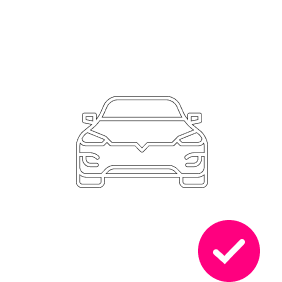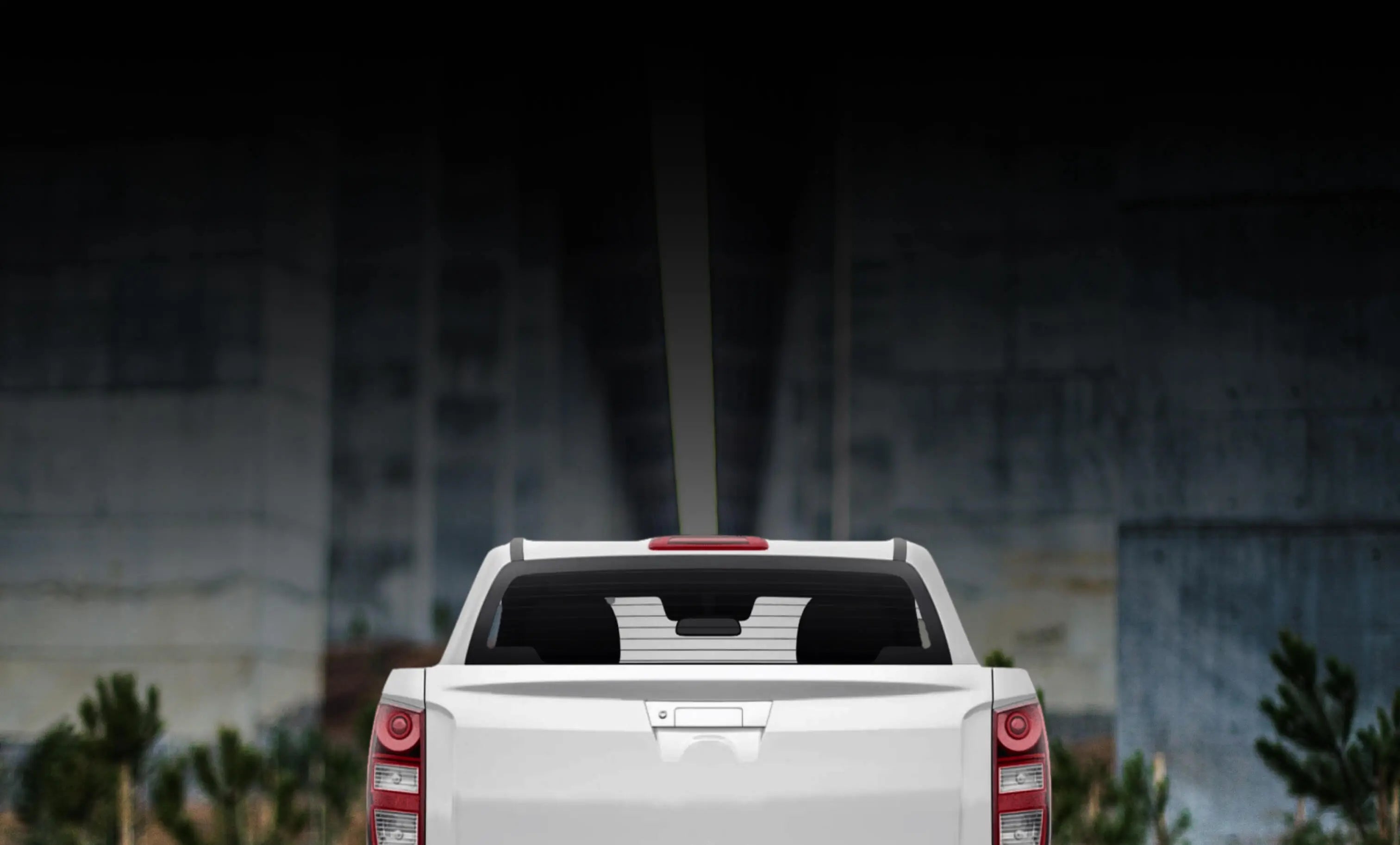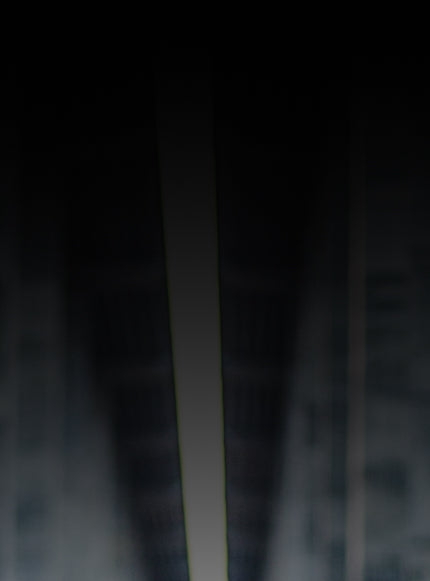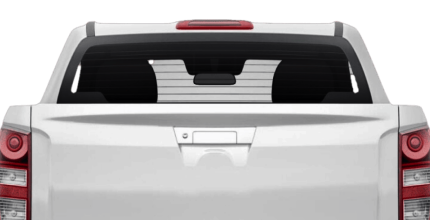FAQs
How is the film installed?
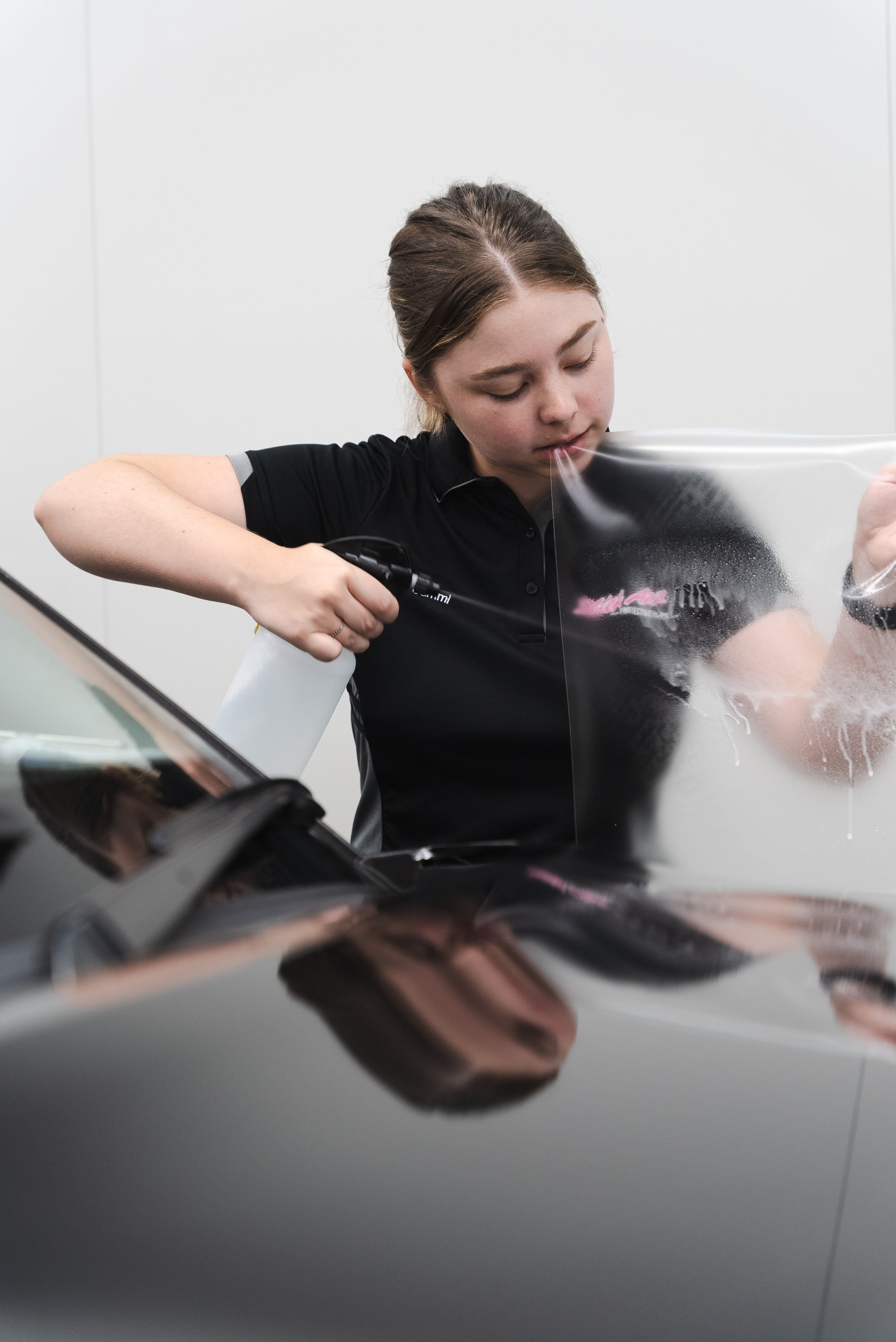
Just like tint, PPF is installed with a combination of water and slip solution. We also use a tack solution which is designed to assist the film into sharp curves and body lines.
What is Paint Protection Film made of?
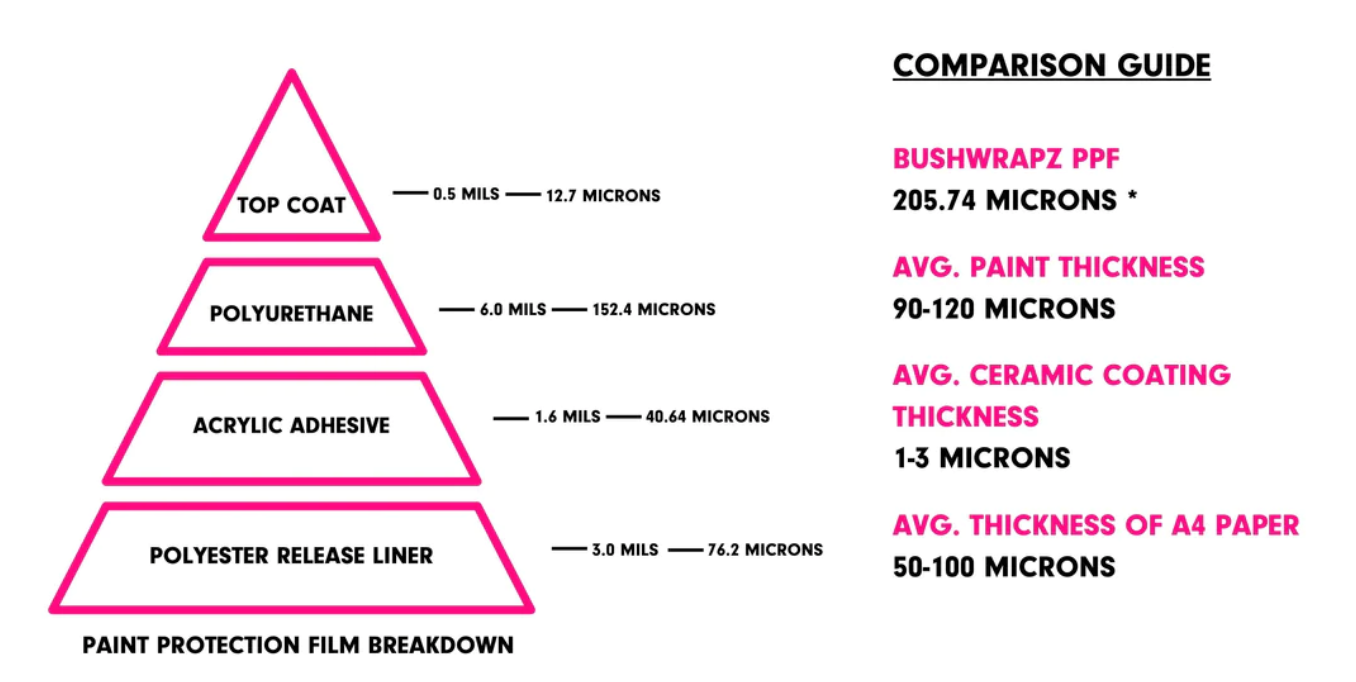
.
What brand of Paint Protection Film do you use?
BushWrapz. Visit their website here to compare film types: https://www.bushwrapz.com.au/pages/compare-products
What does the warranty cover?
For cars and 4wds - BushWrapz have different warranty periods depending on the grade of film chosen.
BushWrapz Pro - 10 years
BushWrapz Advance - 5 years
BushWrapz Cape - 1 year
The warranty includes manufacturing physical failures such as cracking, fading, delamination.
Visit their website to find out more: https://www.bushwrapz.com.au/pages/bushwrapz-warranty-information
We warrant trucks for 3 years due to the excessive km’s that these vehicles do in comparison to cars.
Can you see the Film once it is installed?
Yes and no. It is dependent on what panels are being wrapped. Edges that have a rolling edge such as bonnets, doors and the top lip of the fender will be wrapped and hidden. Where there are edges that cannot be wrapped due to the finish of the panel edge, the film will be finished on the flat face about 1-2mm from the edge of the panel.
It’s important to note, darker paintwork hides edges of the film more. You can feel the edges, but not see them.
Here is a video of Sammi explaining the film finishes: https://www.youtube.com/watch?v=6HOVGbMaZ54&t=23s
What if I damage the film? Can the film be removed?
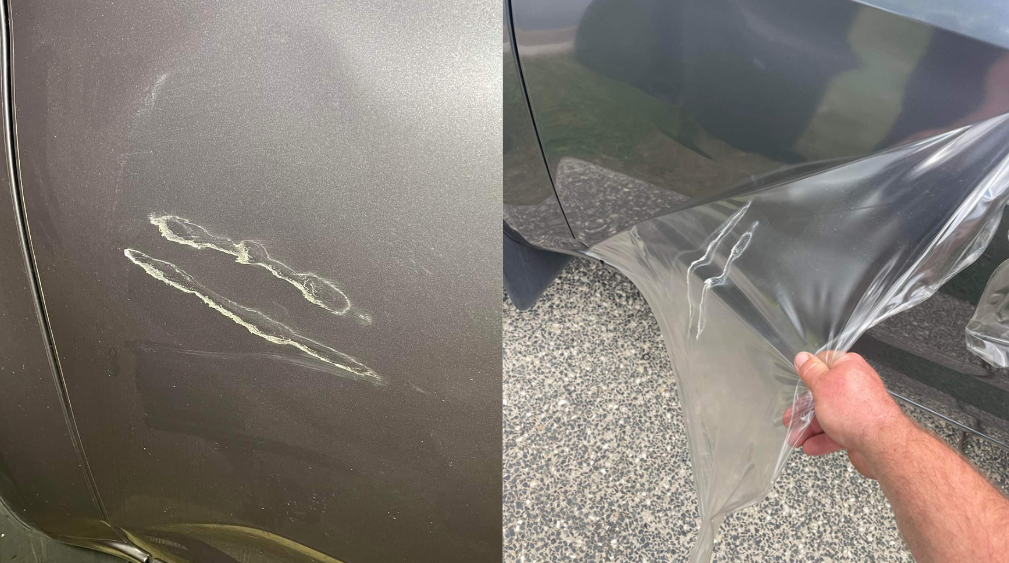
Yes you can. Using boiling water, cover the film and begin peeling an edge. Start pulling the film back on a 90 degree angle ensuring you hold tension to avoid leaving adhesive behind. This is also achievable using a heat gun, steamer or even a hairdryer. Applying heat will help to loosen the adhesive and in turn make the film removal easier. While it is achievable to remove film this way, we will always recommend you bring the vehicle to a certified installer as they know the safest removal techniques.
How does the Self Healing properties of the film work?
PPF has a flexible component in their film called thermoplastic polyurethane (TPU) A combination of hard and soft co-polymers reacts to rebind and retain their shape causing the film to reseal and heal themselves with the assistance of heat. As long as the scratch doesn’t exceed the top layer of the film, run boiling water or a hot hair dryer over the surface scratch and watch it disappear. Alternatively leaving the vehicle in the warm Australian sun will have the same effect.
What If I Have Scratches Already?
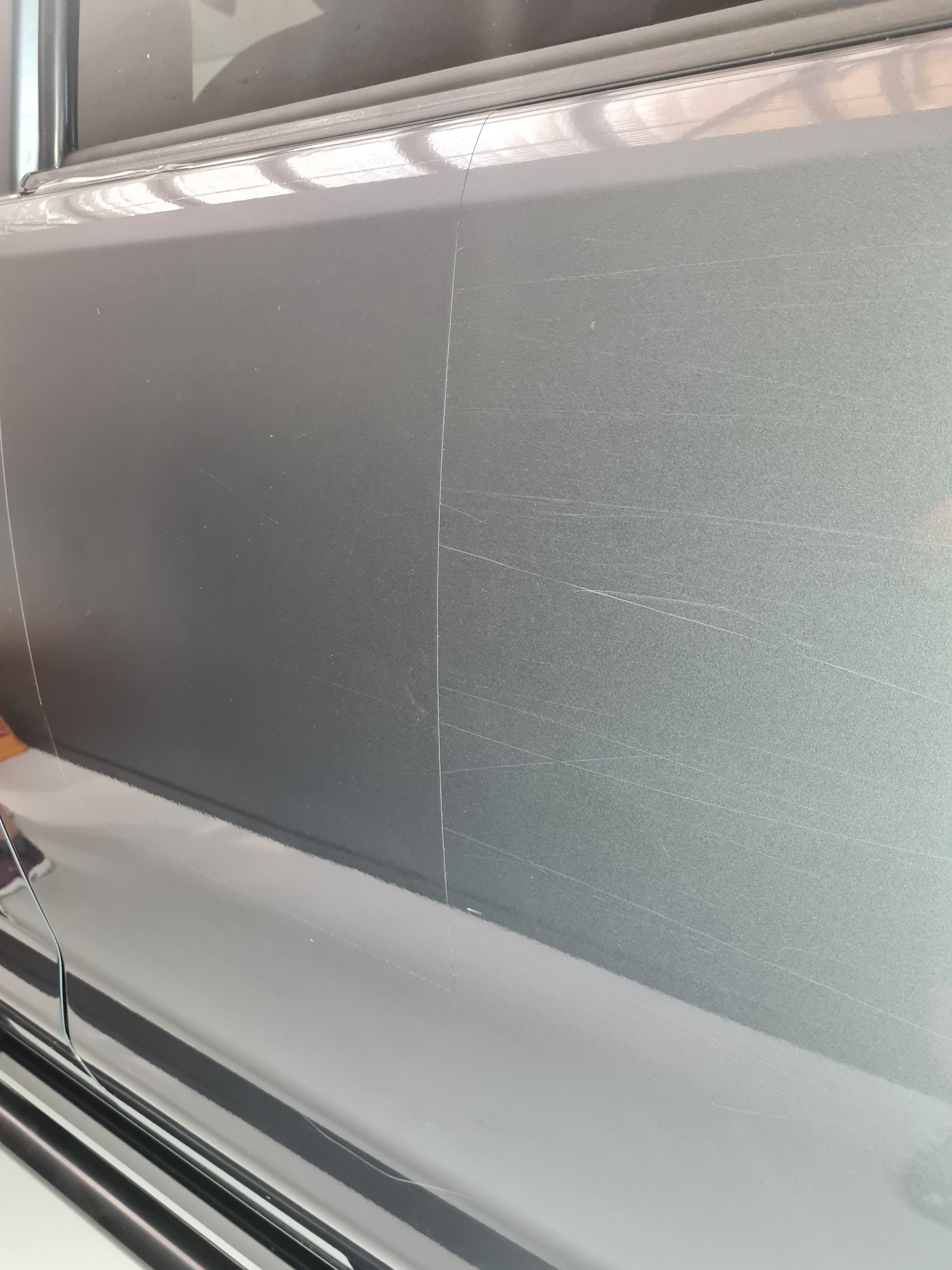
PPF will help hide light scratches! The PPF creates a bridge over the paint lesion and causes light to refract and seemingly “fill” the gaps. We have some impressive examples on our website, so be sure to check it out. If you have a deep scratch, we can still apply the film over the top. The film will not hide the scratch but it will protect it from the elements.
How does it hold up to UV/Sun fading?
Extremely well. Not only will the film repel up to 97% of UV Rays but more importantly it eliminates oxidation which is what more commonly affects the appearance of your paintwork fading long-term.
Will the PPF damage my paint?
No, BushWrapz has an impressive adhesive bond that is strong enough to hold to paint for many years but can also be removed. Your paint will be in the same condition as the day the Paint Protection Film (PPF) was applied.
Note: We do not recommend you install PPF on your vehicle if you have had any resprays as the paintwork integrity is most likely compromised.
Why Should I Wrap My Car In PPF Over Vinyl Or A Ceramic Coating? Pros/Cons?
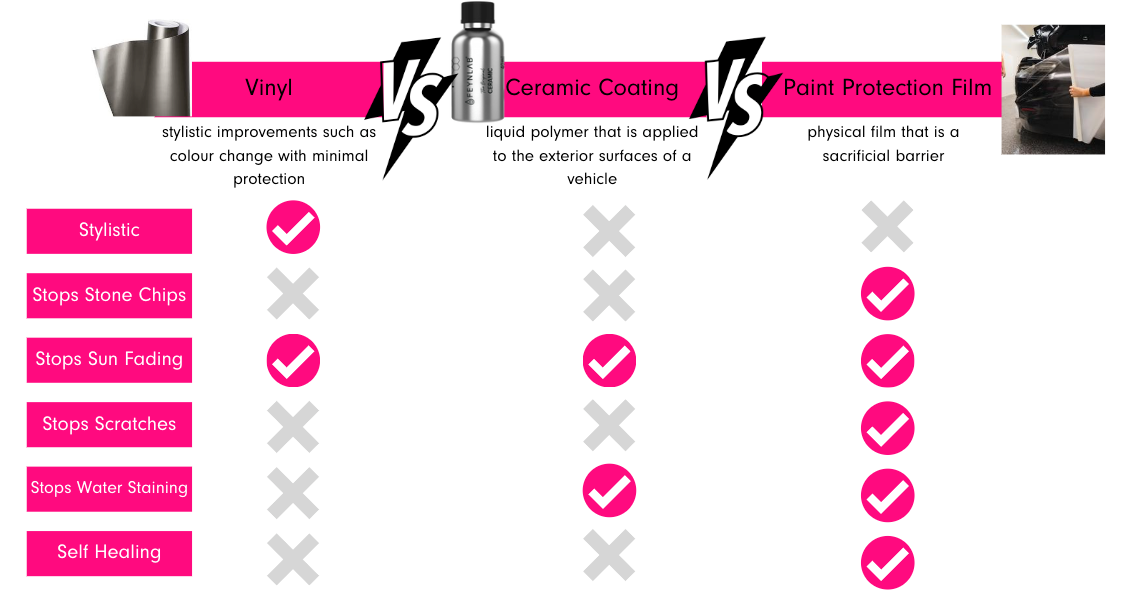
Vinyl is usually applied for stylistic improvements with minimal protection. Vinyl will protect the paint from the harsh UV rays however it does not eliminate the risk of stone chips, scratches or water stainage.
A Ceramic Coating is a liquid polymer that is applied to the exterior surfaces of a vehicle. After application, it chemically bonds with the vehicle’s factory paint, establishing a layer of protection. A ceramic coating carries hydrophobic qualities and adds to the overall shine of the paint work. Despite the wild claims of some manufacturers and installers, a ceramic coating does not reduce the risk of stone chips, scratches, nor water spots.
Whereas, Paint Protection Film is thicker than ceramic coatings and vinyl, it is a physical film that acts as a barrier. PPF has a chemical composition that allows it to self-heal; that is, it returns to its original form after receiving an indentation or abrasion. Ceramic coatings and vinyl can not achieve this. These qualities make PPF able to absorb stone chips, scratches, and water stainage without being permanently disfigured making it the toughest of all protective options available on the market.
Why Do I Have To Bring My Vehicle To Your Workshop?
The main reason is the quality of the overall installation. By bringing us the vehicle we have the ability to control and minimise the amount of external factors which have an impact on our finished product such as light, temperature and cleanliness.
How Long Does It Take To Put On?
Application time depends on the area and how much of the vehicle you are covering. Application times range from 1-5 days depending on the surface area.
What Detailing/Cleaning Products Can And Can’t Be Used In PPF?
CAN:
- PH neutral wash
- Detailers spray
- Hand polish without a cutting compound
CAN'T:
- Petrol or acid based cleaners
- Silicon products
- Heavy degreasers
- Upclose pressure washer (must be 1m away from film edges)
Can you Polish the Film?
You most definitely can polish, wax and clay the film as you would your normal paint. The better you maintain the film, the longer your PPF will maintain its self healing and stain resistant properties.
PPF can also be corrected like paintwork, but we recommend this be done by a professional detailer with PPF experience. Over time the PPF can have contamination build up, by “cleansing” the PPF you can increase the aesthetics of the film.
Is there anything you can't wrap?
Think about it like this – have you ever tried wrapping a basketball in wrapping paper? It’s impossible right. The same applies for PPF. Any shape with multiple curves going in different directions will only ever achieve a limited amount of coverage unless of course the film is joined or relieved. We will ask for an image of what we are wrapping or to sight the vehicle first so we can explain the limitations of the film and set realistic expectations before commencing work.
How do you recommend I maintain the PPF?
The key to shiny PPF in years to come, is good maintenance. We recommend the following:
- Wash the vehicle regularly, recommended monthly.
- Ensure you thoroughly wash your vehicle after off road trips, ensuring mud and contaminants are removed as soon as reasonably possible.
- Spot clean bird dropping within 24 hours.
- Give your vehicle a thorough detail once a year. Use a clay bar to remove build up and contamination on the PPF. You will feel that as the grit is removed, the PPF becomes smooth and easier to clean.
- If you are concerned about water spotting or a reduction in the appearance of your PPF, it can be brought back to a high shine by visiting an experienced detailer. Ask them to buff the film with PPF products on a low speed, this will remove some of the staining and bring back the shine.
Can the film last outside the Warranty Period?
Yes, if you are washing your vehicle regularly and maintaining it often then rest assured the PPF will last outside its Warranty Period.
Can I still get my car wrapped after getting a respray?
You absolutely can, but we ask that you wait a minimum of 30 days after getting a respray before applying PPF. This is to ensure that the clearcoat and paintwork are completely cured and degassed. If you continue with a wrap within the first 30 Days then you run a high risk of pulling paint on installation OR when you go to remove the film in future.
